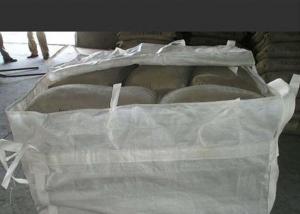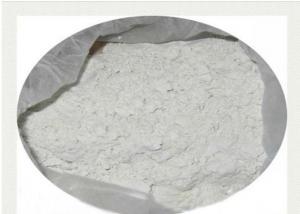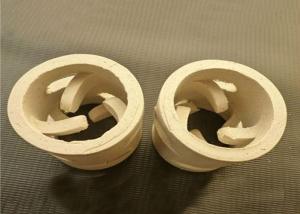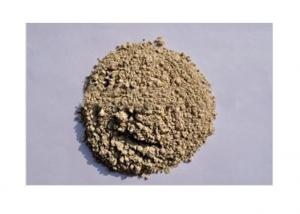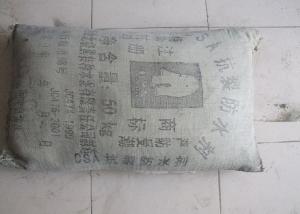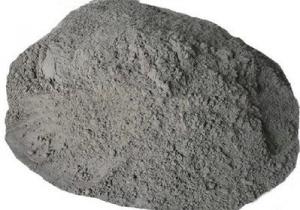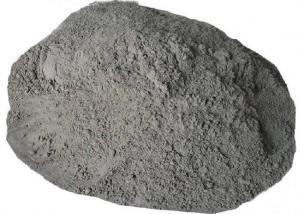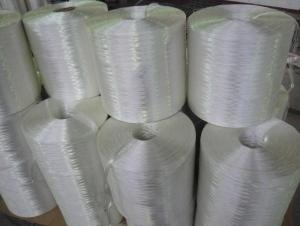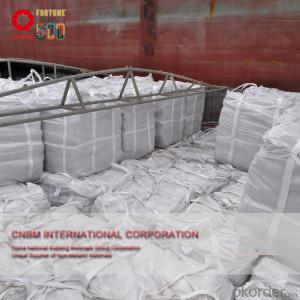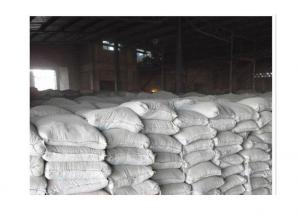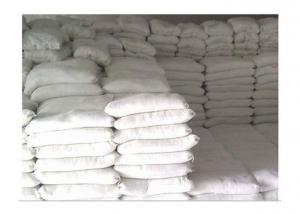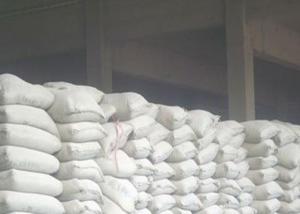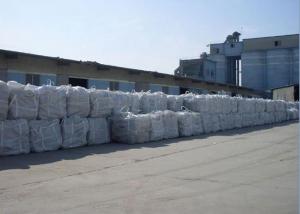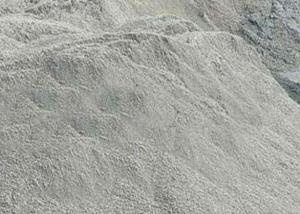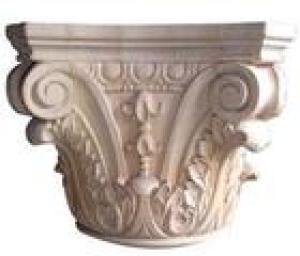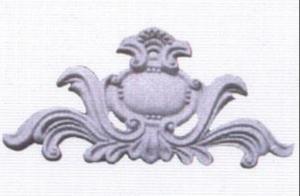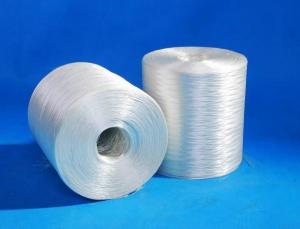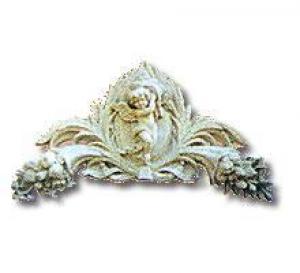Ordinary Portland Cement 32.5
- Loading Port:
- China Main Port
- Payment Terms:
- TT or LC
- Min Order Qty:
- 5000 Metric Tons m.t.
- Supply Capability:
- 10000 Metric Tons per Month m.t./month
OKorder Service Pledge
OKorder Financial Service
You Might Also Like
*Main Raw Material: Silicate
*Type: Ordinary Silicate Cement
*Hardening Feature: Rapid Hardening
*Heat of Hydration: Low-Heat
*Strength Grade(Mpa): 62.5R, 62.5, 52.5R, 52.5, 42.5R, 42.5, 32.5
*Standard: GB175-2007
specification
1.steady and high quality,abrasion resistance
2.low fluctuate,good strength grade.
3.experienced factory
Detailed Descriptions:
1. Standard: national standards (GB175-2007)
2. Our product range: P.C32.5/32.5R, P.O42.5/42.5R,52.5 ordinary portland cement
Packing:
1. 2MT jumbo bag
2. 50kg per bag then 40 bags into a 2MT sling bag
3. 50kg bag
The typical performance during using:
1. Steady and high quality, low fluctuate, and rich in strength grade.
2. Good workability and adaptability with additives.
3. Long term steady in color, wide used in the construction of modest color building.
4. Low bleeding, be applicable to produce concrete.
5. Freeze-proof, abrasion resistance.
6. Steady solidity ratio, the volumetric shrinkage basically reach to balance at one-year age, up to the high standard of international and domestic.
7. Meanwhile, its low slump loss meets the need of the long distance delivery of concrete-mixer.
Attention:
1. Pay attention to store, and avoid moisture.
2. Cannot mix different type cement together.
3. To select certain type and grade cement reasonablly.
4. Stick to pre-testing of concrete.
5. To carry out specility testing, work out the best mix ratio
- Q: Im trying to remove my Backsplash! Old Tiles gone! Whats the best way to remove Cement Board without damaging my Drywall? I made a hole but need the best way to prevent more!
- depending on how old the house is, the sheetrock could be different - past 5-6 years they have built better sheetrock (older sheetrock is more likely to crumble no matter what you do). First you have to see if it is glued, nailed or screwed on. If it is glued, you are better off replacing your sheetrock so you have a better substrate for your new backsplash. If nailed, it should come off easy, and if screwed, you can see the screws in order to back them out. Good luck - hope it works out.
- Q: cement came with the repair/patch kits.
- It should work fine. take a piece of sandpaper and lightly sand the area around the puncture, apply the adhesive to the patch and place it over the hole. I always put a thin bead around the patch after it's applied. Allow the patch to set and then pump it up to make sure it will hold. deflate it, put it on the rim, replace the tire, inflate it, and hit the road.
- Q: The date on the bags is from Jan 2006.Placed a sample in a plasticplate, mixed with water and the next day the quot;concretequot; was brittle to where just pressing with the finger causes it to crumble.The bags were kept off the floor in a garage.There are a few small lumps in each bag but for the most part its in quot;goodquot;powder form.Can I use these cement bags for any other use? Can it be mixed with good cement at a given ratio for a sidewalk concrete mix? Thanks
- I have a very long and very expensive gravel driveway. Old bags of Cement would be cheap fodder to keep it from being a mud pit on rainy days. See if anyone could use it as filler in a road and you might be able to sell it cheap. Once it is that old, I would not trust it to hold on to the stonework it is designed for. Time for other uses.
- Q: In Manila all the Condos are completely made of cement reinforced with re-bar. Even if they are 30 to 50 floors tall! Sure I love the fact that the cement interior and exterior walls make every unit private and you can't hear the neighbors. Termites don't eat it. It won't burn. It lasts longer. But isn't it more expensive than the way they are made is the States? Cement costs a lot of money. Back in the States 30 floor condo buildings are made of a steel frame with metal floors and cement poured over the metal floor boards. The interior walls are wood frame and the exterior walls are all glass. Why do they do it different? I think they way it is done in the States is less costly. Canada builds it the same way as the U.S.
- Everybody here goes with cheap--and unskilled labor. Now, go see for yourself a NEW building going up and see the utter shambles of what they call brick laying. The bricks themselves are made of the minimum content cement. The re bar is the smallest and thinnest money can buy and the render to hold it all together is so watered down it is like a hard biscuit in texture. If you stand and watch and see how buildings are actually built there, you wouldn't live in one. Buy a lot in your wife's name and build to your own specs and mix the correct percentage of cement to water and sand. The Philippines cement formula is--One really cheap bag of low grade quality ( called cement) but as I said , low quality, mixed with so much water and so much sand and so many really large rocks, not stones it is a wonder anything there holds together. GO LOOK FOR YOURSELF AT A NEW BUILDING GOING UP. You will freak out when you see the ridiculously poor level of construction. Sorry Filipinos but facts are facts.
- Q: Could you make Portland cement with one component only, excluding the gypsum?
- Yes. I worked before in a cement plant (at Tinaan, Naga, Cebu, Philippines). I was a shift control chemist and we fed only one component to the raw grinding process which we deposited to the slurry basin and subsequently mixed it homogeneously at the right proportions before burning in the rotary kiln to produce the clinker. Then in the finish grinding operation, we added the gypsum to control the setting time of the finished product, the cement, at approximately the proportion of 97% clinker and 3% gypsum to produce Type 1 Portland Cement. We were blessed with a very good limestone quarry that approximated almost 75% of Calcium Carbonate to crush and grind and burn to clinker and then grind it to produce cement. So almost everyday, we had only a single component to produce the cement. However, we also had in our feeders aside from the limestone, the marl feeder, the silica feeder and the pyrite cinder feeder to fine tune the raw mix, and especially when we are to produce another type of cement. A good day to you.
- Q: What s d chemical composition of lime and cement?
- which lime? limestone is CaCO3, Quick lime is CaO and slaked lime is Ca(OH)2 chemical composition of cement? this is a stupid question. Cement is a mixture of not precisely known composition, as different compositions are required for different applications. But, as an example, here's a breakdown of the chemical formulas used in portland cement. It consists of five compounds as listed below. 50% - Tricalcium silicate - Ca3SiO5 or 3CaO.SiO2 25% - Dicalcium silicate - Ca2SiO4 or 2CaO.SiO2 10% - Tricalcium aluminate - Ca3Al2O6 or 3CaO .Al2O3 10% - Tetracalcium aluminoferrite - Ca4Al2Fe2O10 or 4CaO.Al2O3.Fe2O3 5% - Gypsum - CaSO4.2H2O
- Q: I want use cement board 1/2quot; under my toilet and then use carpet to put over that. Is that a good idea? What are my options?
- Cement board is fine but carpet? Carpet in a bathroom? Carpet is about the worst thing you could use in a bathroom. I would even rather have a wood floor in a bathroom than a carpet. The best flooring in a bathroom would be either linoleum or tiles of various materials. Solid surfaces are best for areas that get wet as long as they are protected properly.
- Q: please tell me the order of increasing strength of cement mixtures1)cement mixed with river sand 2)cement with lime3)cement with pitsand4)cement with rice huski think order is 2 gt; 3gt;4gt;1 (strength)i am not sure.please tell me the correct answer along with explanation.
- we assume the cement (Portland cement) is of the correct ratio. we also assume we are talking about compressive strenght when we have just enough cement to fill the spaces between the rock we have reached the maximum strength. number 2. is no good as it reacts with the cement mixture number 4. allows for compression and cracking of the cement. number 3. .....pits i dont know what is pits number 1. is the same as rock ......the best here so .... the order my guess ....... 2,4,1
- Q: I was wondering if anyone out there knew the proper procedure for applying 1.5quot; of asphalt to a soil cement subgrade? I dont know if a tack coat is needed or not. Right now we are planning on a fresh broom finish and a single application of asphalt. Its a low use parking lot but I want to make sure we are doing this right.Thanks!
- we do soil-cement base with AC or HMA surface all the time. Never use a tack coat. The thinking is have a slip plane between the two sections. Tack coat would allow the subbase to telegraph cracks up into the AC. The key is to have the right soil-cement mix at optimal moisture. Too much water will result in shrinkage cracks. With only 1.5 inch AC that could be a problem. How did you come up with a soil-cement mix design? How much cement? how thick in your section? good luck! Don the engineer
- Q: whats the risk of having a house on a cement slab? what are the positives and the negatives? and how long do they last? ?
- We've lived in a home w/cement slab for 22 yrs. and had no problems. People ask if it ever cracked and the answer is no. We also have ceramic tile over the slab and no problem. Love it! Neither of us grew up w/ a basement so we don't miss it. Negative - possibly not having a place to go in hurricane events or extreme weather but that's what an inside closet is for.
1. Manufacturer Overview
| Location | Shandong,China (Mainland) |
| Year Established | 2011 |
| Annual Output Value | US$10 Million - US$50 Million |
| Main Markets | North America; South America; Eastern Europe; Southeast Asia; Africa; Oceania; Mid East; Eastern Asia; Western Europe; Central America; Northern Europe; Southern Europe; South Asia |
| Company Certifications | ISO 9001:2000;CE |
2. Manufacturer Certificates
| a) Certification Name | |
| Range | |
| Reference | |
| Validity Period |
3. Manufacturer Capability
| a) Trade Capacity | |
| Nearest Port | Qingdao PORT, Yantai port, Shanghai port |
| Export Percentage | 91% - 100% |
| No.of Employees in Trade Department | Above 50 People |
| Language Spoken: | English, Chinese, Spanish, Japanese, Portuguese, German, Arabic, French, Russian, Korean, Hindi, Italian |
| b) Factory Information | |
| Factory Size: | 1,000-3,000 square meters |
| No. of Production Lines | 10 |
| Contract Manufacturing | OEM Service Offered |
| Product Price Range | High and/or Average |
Send your message to us
Ordinary Portland Cement 32.5
- Loading Port:
- China Main Port
- Payment Terms:
- TT or LC
- Min Order Qty:
- 5000 Metric Tons m.t.
- Supply Capability:
- 10000 Metric Tons per Month m.t./month
OKorder Service Pledge
OKorder Financial Service
Similar products
Hot products
Hot Searches
Related keywords
